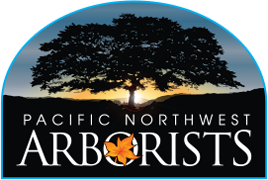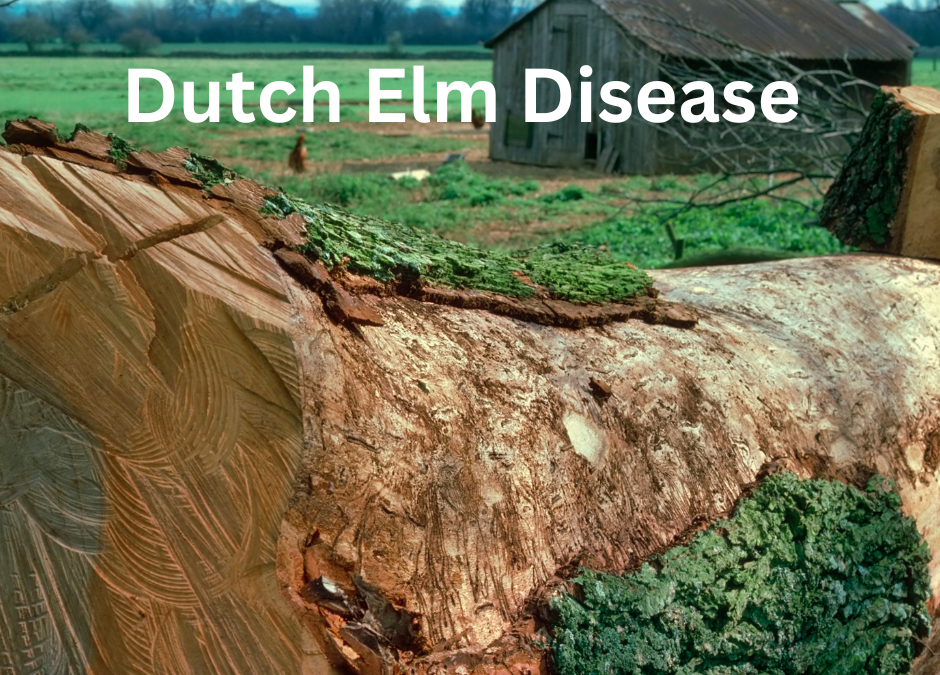What is Dutch Elm Disease and How To Treat It
The most common tree disease in the Portland, Oregon area is called “Dutch Elm Disease.”
It is caused by a fungus that is spread by a beetle and attacks the tree’s vascular system, preventing water and nutrients from flowing properly. Symptoms include wilting leaves and branches, browning and yellowing leaves, and eventually the tree’s death. It is important to catch and treat the disease early to try to save the tree.
What Beetle Spreads Dutch Elm Disease?
The European elm bark beetle (Scolytus multistriatus) and the native elm bark beetle (Hylurgopinus rufipes) are the main vectors of the fungus that causes Dutch Elm Disease. These beetles carry the spores of the fungus, Ophiostoma ulmi, which they transmit to the elm tree when they feed on the tree’s bark. Once the fungus is inside the tree, it can block the tree’s water-conducting vessels, leading to wilting and eventually death of the tree, at which point you will need to remove the tree.
How to Get Rid of the Elm Bark Beetles Without Chemicals
There are several methods for getting rid of native elm bark beetles naturally without chemicals:
1) Remove and destroy infested wood: The beetles lay their eggs in dead or dying elm wood, so removing and destroying this wood can help reduce the population.
2) Keep trees healthy: A healthy tree is less likely to be attacked by beetles. Properly watering and fertilizing your elm trees can help keep them strong.
3) Use sticky bands: Wrapping sticky bands around the trunk of an elm tree can help trap beetles before they can reach the upper branches.
4) Use predators: Parasitic wasps and nematodes can be used to control elm bark beetles. The wasps lay their eggs on the beetles and the nematodes feed on the beetle larvae.
5) Use natural insecticides: Neem oil and pyrethrin are natural insecticides that can be used to control elm bark beetles.
It’s important to note that these methods may not be completely effective, and it’s recommended to consult with an arborist or a tree specialist for the best solution for your situation.
There are many other types of tree diseases and mitigation processes. Check our blog for information or call us today!

